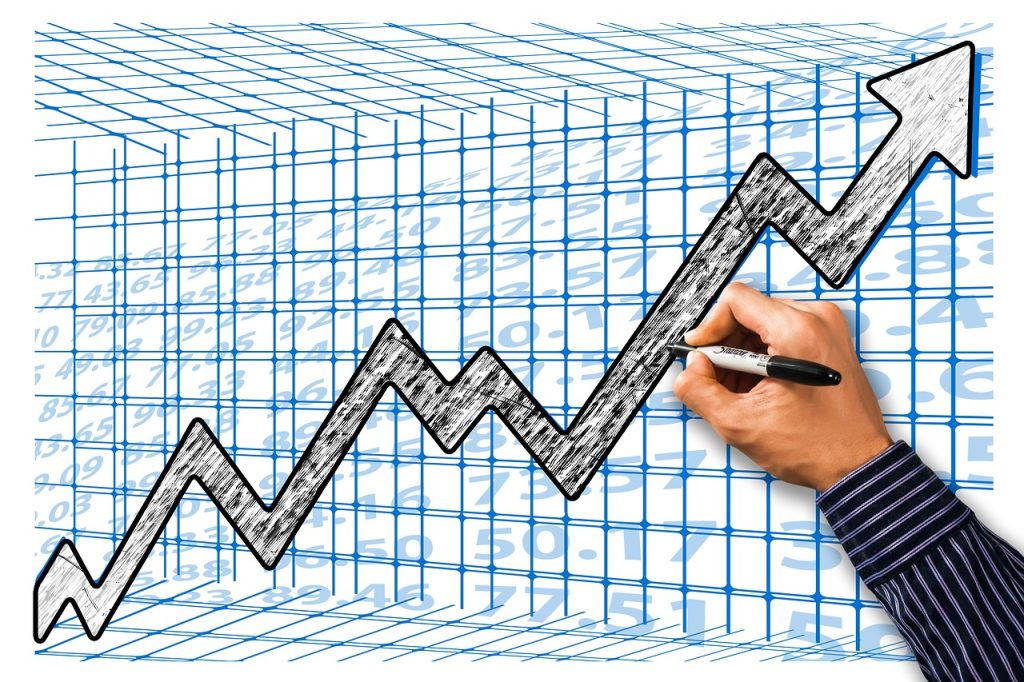
Inflation is continuing to rampage across the globe, particularly in developed economies such as the US and UK.
Even Australia, which typically boasts a strong and robust economy, has fallen victim to this, with the nation’s recent Consumer Price Index jumping for 6.1% to 7.3% on an annual basis.
This was the nation’s highest inflation rate in 32 years, while market analyst Nikos Tzabouras has suggested that automotive fuel remains one of the biggest contributing factors (18%). But what exactly is behind this inflationary spike down under, and will it be contained any time soon?
What Happened This Month in Australia?
New dwellings also saw an inflationary increase of 20.7% in the latest figures, while essential products were hit the hardest as part of the most recent spike.
Transport costs alone increased by 13.1%, for example, with this largely driven by the heightened wholesale cost of fuel. This metric has increased for the fourth quarter in a row, as Russia’s invasion of Ukraine continues to take its toll on the supply and price of energy (we’ll touch more on this later in the piece).
As for Australia’s Central Bank, this entity has forecast that CPI inflation will rise further to 7.75% in the final quarter of 2022.
This could lead to further interest rate hikes in the medium-term, with the base rate having already jumped to 2.6% and the highest level since 2013. So, although the bank delivered a nominal 25 basis points hike following its most recent meeting, the sheer extent of the recent inflation spike could see a much larger increase (of 0.5% or above) next time out.
This may see the Australian Central Bank bring its economic strategy in line with nations like the UK, where the Bank of England is taking an aggressive approach to hiking interest rates. As market analyst Nikos Tzabouras at FXCM explains, “The Australian central bank has been following a front-loaded tightening path, having raised rates to 2.6% and the highest levels since 2013. However, officials decided to take a step back at the beginning of this month [October], given this substantial increase in a small period of time and the lagging nature of these actions.”
Addressing the Reasons Behind the Spike
It’s fair to say that forex traders will have noticed the depreciation of the AUD of late, despite the recent stumbled of the US dollar and a decline on bond yields and the Fed’s base rate strategy.
The factors behind Australia’s inflationary spike are less obvious, however, apart from the war in Ukraine and the direct impact that this is having on the supply of oil and similar commodities (which continues to depreciate while demand soars post Covid-19).
Interestingly, the sheer extent of the stimulus package delivered by the Aussie government during the coronavirus pandemic has also precipitated the inflationary spike, as the value and purchasing power of the AUD continues to decline and government borrowing reaches whole new levels.
Make no mistake; Australia implemented some of the most stringent lockdowns and Covid measures through 2020 and much of last year, with this having a lingering social and macroeconomic impact.
Global supply chains are also causing material shortages in the manufacturing and construction sectors, which are in turn causing some businesses to close. This continues to weigh heavily on the economy, further exacerbating the impact of inflationary pressure in the process.